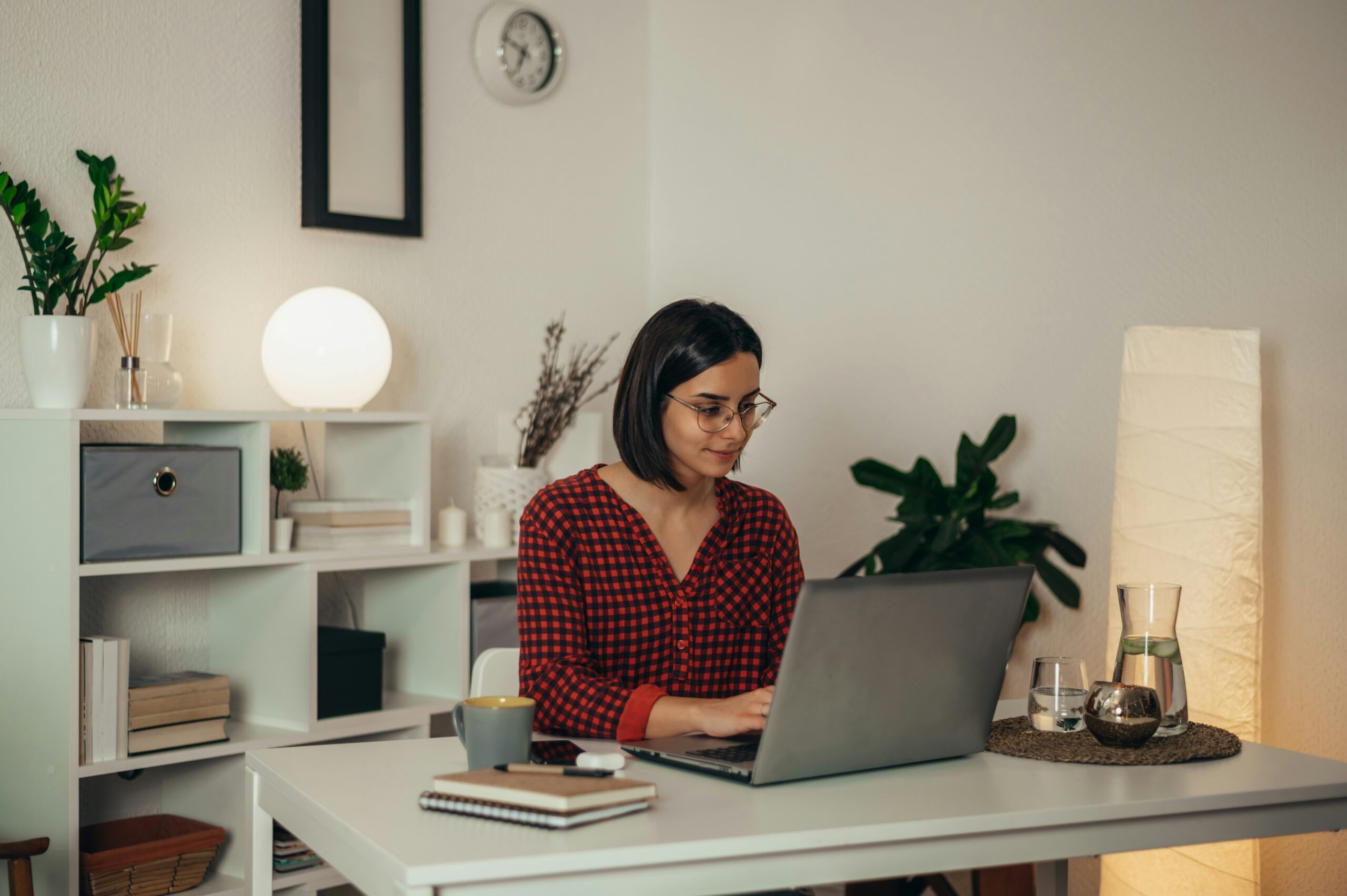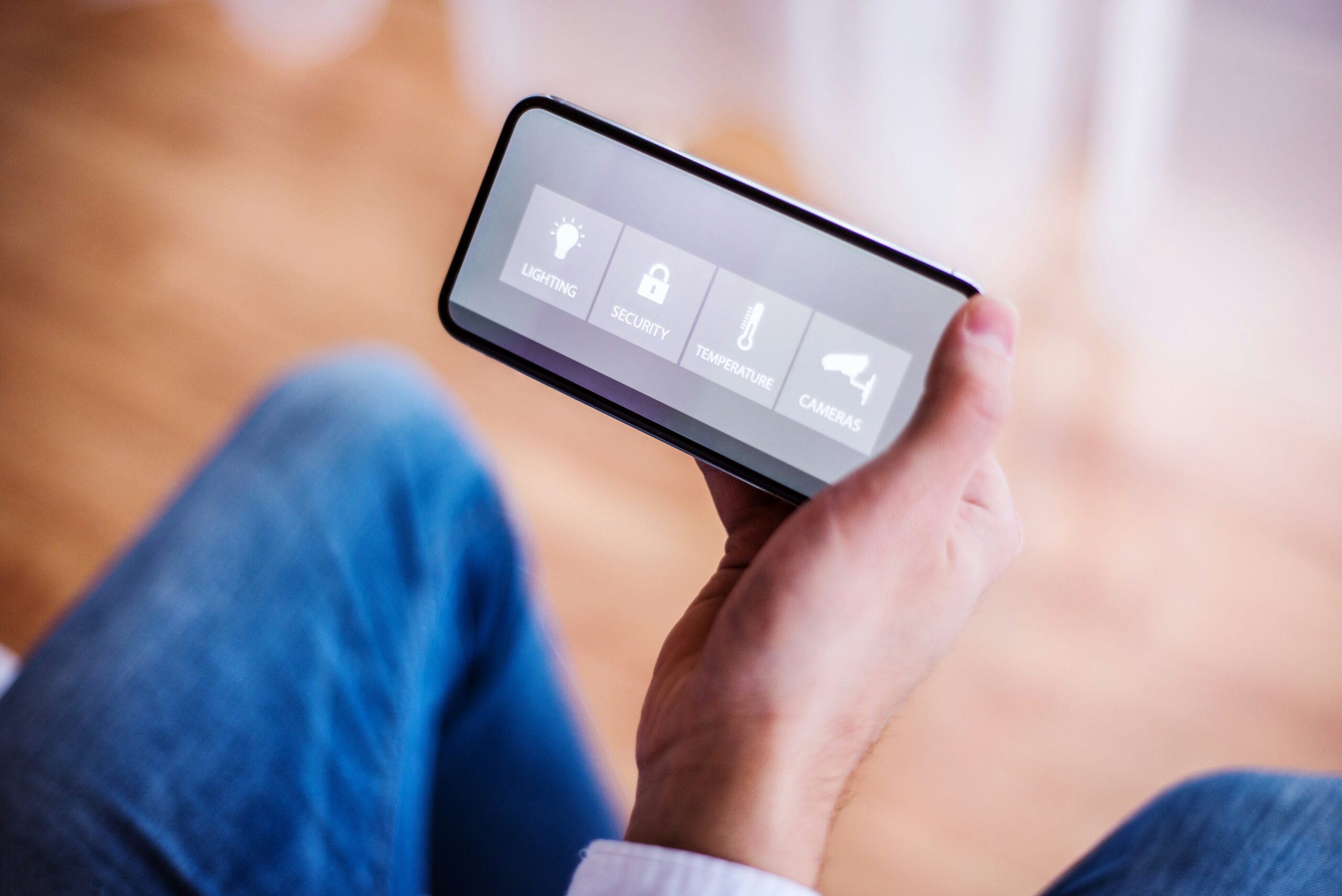Create a Dedicated Workspace
- Find a Quiet Spot: Choose a location away from busy areas of your home to minimize distractions.
- Define Your Workspace: Use a small desk, table, or divider to physically mark your work area.
- Personalize Lightly: Add a plant or photo frame, but avoid cluttering your space.
Optimize Ergonomics
Your comfort plays a crucial role in staying efficient and avoiding fatigue. Implement these ergonomic tips:
| Element | Adjustment Tip |
|---|---|
| Chair | Choose a chair with lumbar support and adjust the height so your feet rest flat on the floor. |
| Desk Height | Make sure your desk is at elbow height to reduce strain. |
| Monitor | Place your monitor at eye level, about 20 inches from your face. |
| Keyboard | Position the keyboard so your arms are parallel to the floor while typing. |
| Mouse | Keep the mouse close to the keyboard to reduce unnecessary reaching. |
Use Natural and Artificial Lighting
Lighting can significantly impact your mood and productivity. Follow these suggestions for a well-lit space:
- Maximize Natural Light: Position your desk near a window to benefit from natural daylight.
- Choose the Right Bulbs: Use cool-toned LED bulbs in your task light for better focus.
- Avoid Screen Glare: Angle your monitor and use curtains to reduce glare.
Pro Tip: Add a small ambient light lamp to soften the environment and create a cozy atmosphere during late-night working hours.
Declutter and Stay Organized
An organized workspace increases focus and decreases stress. Here’s how to stay on top of things:
- Use cable organizers or zip ties to tidy up the cords around your desk.
- Keep only the essentials on your desk—store additional supplies in drawers or storage boxes.
- Utilize digital tools like Trello or Notion to keep your tasks and deadlines organized.
Invest in Aesthetics
Decorating your workspace can uplift your mood and inspire creativity:
- Add a small plant to bring in some greenery and break up monotony.
- Use calming wall colors like muted blues or greys for a soothing effect.
- Pick decor items that match your personality but avoid overwhelming your workspace with distractions.
Common Questions About Home Office Design
Here are answers to frequent questions about designing a home workspace:
- What’s the best chair for a home office?
- Look for an ergonomic chair with adjustable height, lumbar support, and padded seating.
- How can I work from a small space or studio apartment?
- Use foldable desks or multi-functional furniture to maximize your space efficiently.
- Does lighting really matter that much?
- Yes! Poor lighting can cause eye strain and fatigue. Proper lighting enhances productivity and mood.
Start Designing Your Dream Home Office Today
Creating a home office that boosts productivity and comfort doesn’t require an interior design degree—you just need to follow these simple steps. Remember, the goal is to design a space that works for your unique needs and preferences.
If you’re ready to transform your workspace, start small and build toward a setup that you love. And don’t forget—an organized and inspiring environment can make all the difference in how productive and comfortable you feel every day.




Leave a Reply